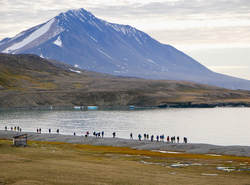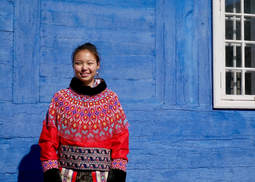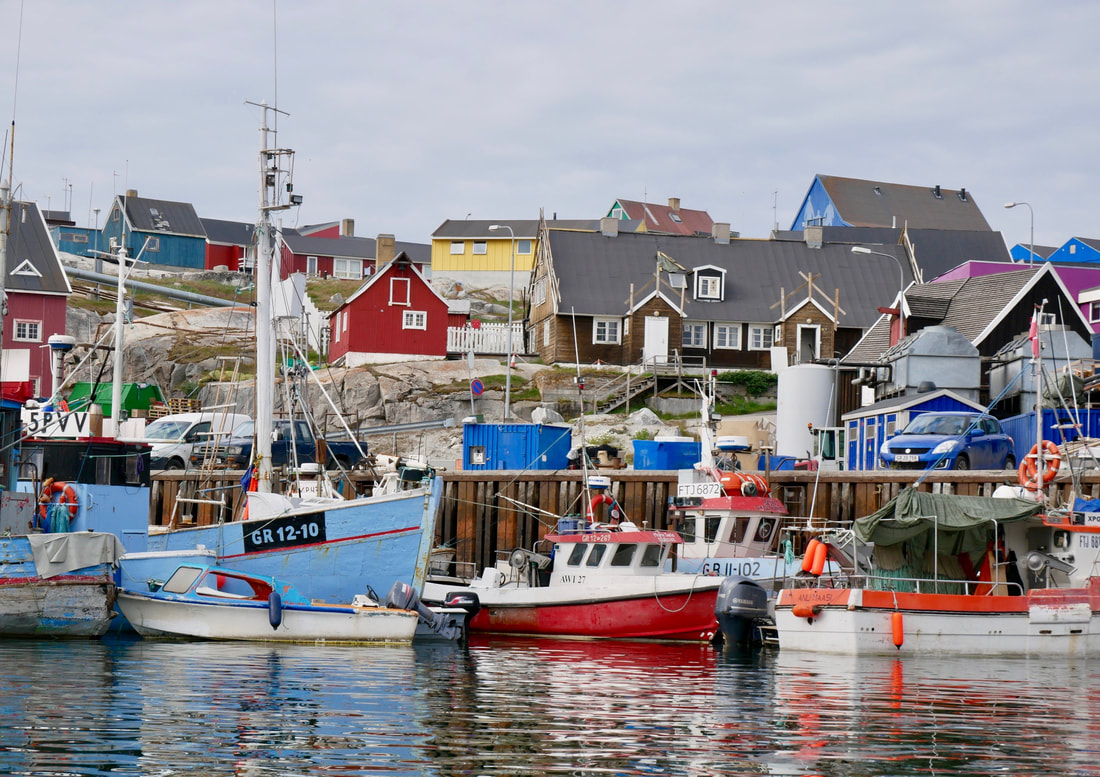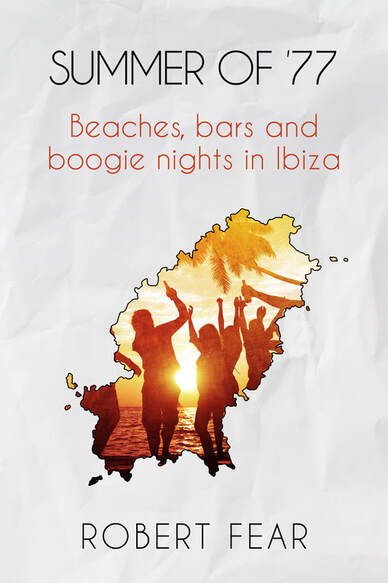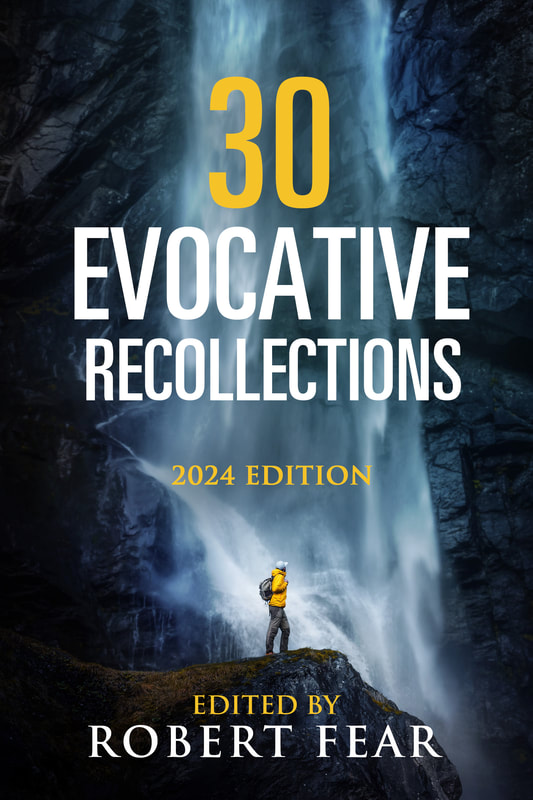An Arctic Adventure by Emma Yardley
BAFFIN ISLAND, NU.-As expected, narwhal skin is very chewy.
Having just crossed Baffin Bay aboard the Ocean Endeavour, a 137-metre expedition vessel specifically built to explore remote environments, I’m chomping a piece of maktaaq sliced up as a treat by the ship’s Inuit staff.
The traditional Inuit meal of frozen, uncooked sea-mammal skin and blubber is tough, salty, creamy and unlike anything I’ve ever tasted.
It’s just one of the highlights of the 12-day journey that’s taken me and nearly 200 other adventure-minded guests from Kangerussuag, Greenland, to Qausuittuq (Resolute), Nunavut, with Adventure Canada on their Arctic Safari cruise.
Adventure Canada, a family-owned, Port Credit, Ont.-based travel company, has spent 30 years building relationships throughout the Arctic and hiring Inuit guides and culturalists, allowing them to take travelers to places not many outsiders have seen — and taste things not usually on the menu.
“I think it is very important for Southerners to come up here and be educated,” says Lois Suluk, an Adventure Canada culturalist and throat singer who’s performed for the Queen and at the 2010 Winter Olympics.
“We are still part of Canada although we live a different type of life: we speak a different type of language, we have a different type of diet, but we still consider ourselves Canadian.”
Hailing from Arviat, the southernmost community in the Kivalliq Region of Nunavut, Suluk has worked with elders and youth for years, preserving traditional songs and following a way of life passed down from her parents and grandparents.
“I like to hunt, harvest… after all, I am a descendant of the people from up here. We have been doing these for a very long time and it will continue to be so.”
Onboard, she’s joined by a fleet of other experts in their field — from ornithologists and archeologist to botanists and historians — all of whom are here to enrich daily experiences and help interpret the Arctic landscape.
“All sorts of experiences can be mundane, and then some weird little observation will happen that suddenly will elevate it to the level of the profound,” says Aaron Spitzer, staff historian and former editor of Up Here magazine.
“That’s what we try to do… it’s not just about what you’re thinking or seeing but how it fits into a bigger picture that you may have been vaguely aware of but weren’t able to articulate yourself.”
Every day, we gather in the Nautilus Lounge for panoramic views of open skies, icebergs and coastline, as well as scheduled morning and afternoon presentations designed to give insights and overviews into Arctic topics.
In one lecture, Spitzer teaches that Nunavut holds 21 per cent of Canada’s landmass, has 114,000 km of coastline, and that caribou outnumber residents 25 to one. His enthusiasm about the region’s past, and its future, is contagious.
“Anyone who lives in Toronto can predict pretty well what Toronto is going to look like 20 years from now,” says Spitzer. “But you can’t say the same thing for Nunavut or Alaska or Greenland.”
These experts aren’t limited to lecturing — they’re driving the fleet of zodiacs through icefields, spotting pods of narwhals and humpback whales, leading shore excursions through quick-mud to Sir John Franklin’s final resting place, and interpreting the landscape as it shifts and changes in real time.
“It is about having people there to mentor you into seeing in the way that you need to be able to see to truly appreciate the thing,” says cruise host David Newland, a writer, musician and “bumpkin philosopher” from Cobourg, Ont.
“When I started coming up here (about five years ago), I didn’t really see rock in the same way. When I look at geology now, I see it moving. I see the planet shaping in deep geologic time.”
The trip’s itinerary is designed to encourage cultural engagement and environmental awareness, with each new day bringing a mix of seminars, shore excursions and socializing.
But life on the ship itself is also a draw: the meals are varied and delicious, the cabins are clean and comfy, the saunas delightful after a cold day exploring onshore, and the outdoor heated salt-water pool healing.
Plus, since it was made to maneuver in hard-to-reach places, the Ocean Endeavour can go where other ships can’t — such as right up next to an ice float where a polar bear is sunbathing.
As Spitzer explains, visiting the Arctic by flying in and out of different communities means being limited to going where you can walk or drive, or necessitates finding a local who can get you out of town on a dogsled or snow machine.
“[On the water], you’re actually getting the entire perspective of the lay of the land and the ocean, and it’s a great way to connect it all together… you get to see it in this pulled back, holistic kind of way.”
Being in Canada’s North surrounded by people who know what they’re talking about, while chewing a new piece of now porpoise maktaaq, definitely has a way of shifting perceptions — and, apparently, palates.
